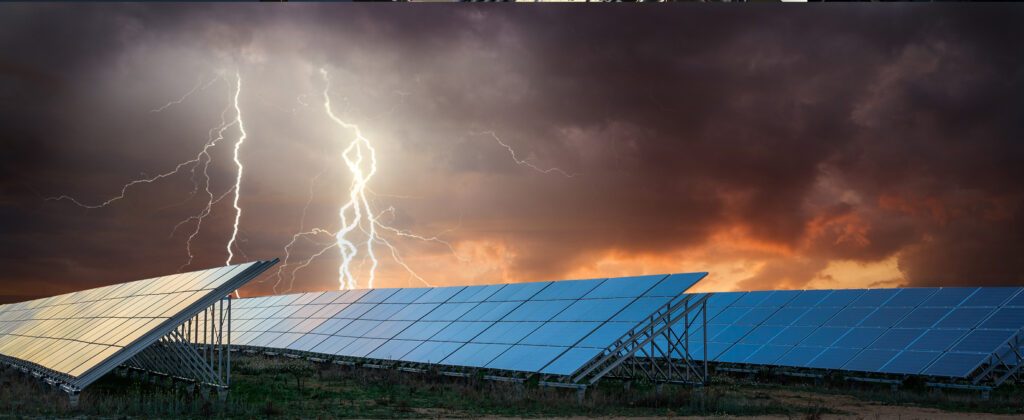A “transient voltage surge suppressor” (also known as TVSS) is an older industry term that has been replaced in Standards bodies by the term “surge protective device” or SPD. A transient voltage surge suppressor is a device that is installed on an AC or DC power line to act as a cutoff if there is a momentary surge of electrical power, also known as a “transient.” TVSS devices are considered crucial to protecting sensitive equipment, which would result in circuitry damage or data loss if power overloads were allowed to pass through them. Concerning surge protection, TVSS devices or surge protective devices (SPDs) are today’s most popular ways to avoid damage from surges.
There are many inaccuracies and misconceptions with regard to TVSS devices in terms of what they are capable of. The biggest misconception is that TVSS devices and SPDs are energy-saving components, and this myth is being promoted by manufacturers who sell their products as such. With the increasing attention on green energy and technology, many who want to be part of the conservation will fall for marketing campaigns claiming that TVSS devices conserve power. However, there is no evidence of this. TVSS devices simply act as a power diversion when surges or spikes could damage equipment downstream.
TVSS devices protect against power surges of all types, including “impulsive currents,” which are the large surges produced by lightning strikes. It must be noted that the electrical surges produced following a lightning strike can exceed 50,000V, which will damage equipment nearly 100% of the time. The more robust the SPD that is installed, the more likely its ability to protect equipment from damage as a result of a lightning surge. This is why Raycap’s Strikesorb technology is held in such high regard. The unique technology provides the best protection available in the case of lightning surges. Strikesorb technology also can withstand multiple surges and continue to protect the equipment, so it is superior to many more conventional surge protection technologies such as Silicon Avalanche Diode (SAD), Metal Oxide Varistors (MOVs) in series, and traditional Gas Discharge Tube (GDT) technology. Most often, the protection characteristics of these devices will be destroyed by the surge itself, necessitating their replacement after a single instance.
The failure of equipment due to electrical transients is often caused by an overload of power levels beyond the capacities of microprocessors or integrated circuitry. Over time, the degradation of these components happens as a result of “switching surges,” which are brief surges of power across a line any time a component is switched on or off. Even these small bits of damage result in the eventual shortening of the lifespan of equipment, which can be protected by SPDs.
TVSS and SPDs are typically installed at AC and DC inputs and outputs to serve as effective barriers against transients and power fluctuations over time. While these devices typically provide no ongoing change to power flow, they are installed for specific occurrences where the flow of electricity will cause damage. It would be best never to need them, but when the inevitable surge happens, you will regret not installing them.

